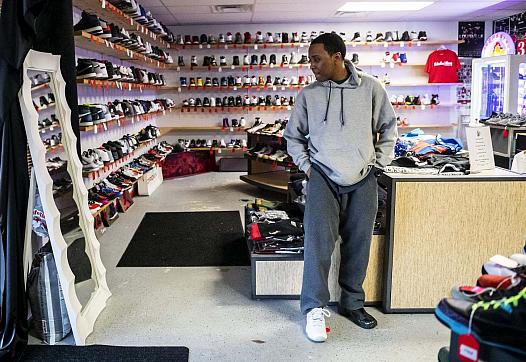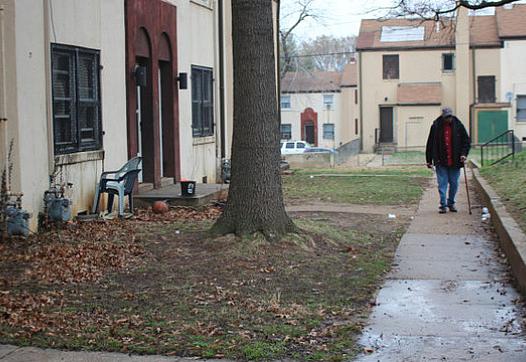
"They come in welled up with emotion, they’re crying and there’s no way they can concentrate on the lesson at hand," says a teacher at Dymally High School in South Los Angeles.

"They come in welled up with emotion, they’re crying and there’s no way they can concentrate on the lesson at hand," says a teacher at Dymally High School in South Los Angeles.
This story was produced as part of a larger project led by April Xu, a participant in the USC Center for Health Journalism's 2018 Data Fellowship.
Other stories in this series include:

This story was produced as part of a larger project led by Cynthia Poten and Joseph Orozco, a participant in the 2018 California Fellowship. Other stories in this series include:

This story was produced as part of a larger project led by Cynthia Poten and Joseph Orozco, a participant in the 2018 California Fellowship. Other stories in this series include:

This story was produced as part of a larger project led by Cynthia Poten and Joseph Orozco, a participant in the 2018 California Fellowship. Other stories in this series include:

This story was produced as part of a larger project led by Cynthia Poten and Joseph Orozco, a participant in the 2018 California Fellowship. Other stories in this series include:

This story was produced as part of a larger project led by Cynthia Poten and Joseph Orozco, a participant in the 2018 California Fellowship. Other stories in this series include:

This story was produced as part of a larger project led by Cynthia Poten and Joseph Orozco, a participant in the 2018 California Fellowship. Other stories in this series include:

In the “Compassionate City,” governmental unity has helped to reduce child poverty rates.

My original premise was to look to see what if any negative effects gentrification had or has had on the lives, health, well-being and prospects of displaced residents in Washington, D.C.